SUMMARY
This is AI generated summarization, which may have errors. For context, always refer to the full article.
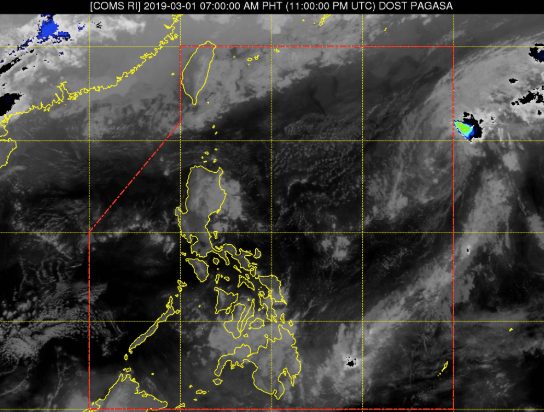
What’s the weather like in your area? Report the situation through Rappler’s Agos or tweet us at @rapplerdotcom.
MANILA, Philippines – Tropical Depression Betty (Wutip) weakened into a low pressure area (LPA) before dawn on Friday, March 1.
In a bulletin issued 4 am on Friday, the Philippine Atmospheric, Geophysical, and Astronomical Services Administration (PAGASA) said the LPA is 1,380 kilometers east of Aparri, Cagayan.
Betty had entered the Philippine Area of Responsibility (PAR) at 7 pm on Thursday, February 28. It only stayed near the PAR boundary so no areas were placed under tropical cyclone warning signals.
As an LPA now, it is likely to dissipate within the next 24 hours.
“This weather disturbance poses no direct threat to any part of the country,” said the state weather bureau in its bulletin. (READ: FAST FACTS: Tropical cyclones, rainfall advisories)
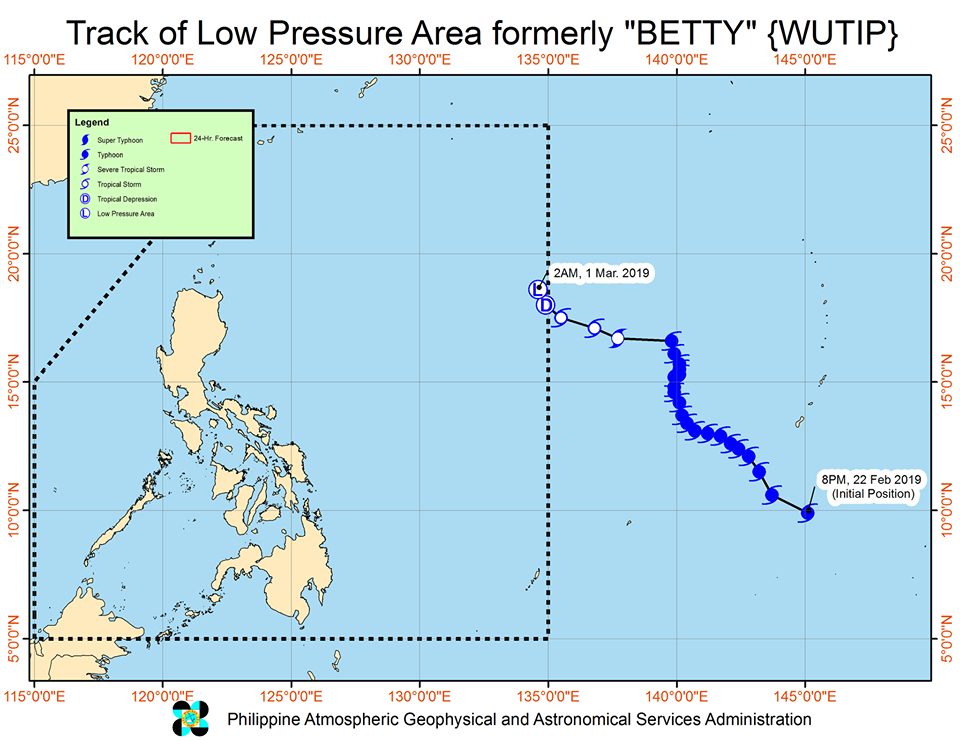
Betty was the Philippines’ second tropical cyclone for 2019, after Tropical Depression Amang in January.
The country gets an average of 20 tropical cyclones per year, but PAGASA expects only 14 to 18 in 2019. The number is likely to be below average as the state weather bureau is already in the El Niño Advisory stage, the last stage before declaring El Niño. (READ: PAGASA warns of ‘full-blown’ El Niño in 2019)
Below is the estimated number of tropical cyclones for the next 6 months:
- March – 0 or 1
- April – 0 or 1
- May – 1 or 2
- June – 1 or 2
- July – 2 or 3
- August – 2 or 3
Meanwhile, the country will have generally good weather on Friday.
There will only be isolated light rains in Cagayan Valley, Eastern Visayas, Central Visayas, Caraga, Aurora, and Quezon, due to the northeast monsoon or hanging amihan. But PAGASA said there will be “no significant impact.” – Rappler.com
Add a comment
How does this make you feel?
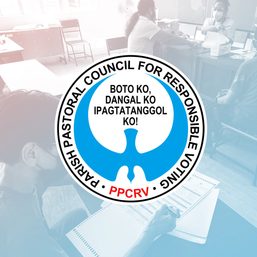



![[PODCAST] Beyond the Stories: Ang milyon-milyong kontrata ng F2 Logistics mula sa Comelec](https://www.rappler.com/tachyon/2021/11/newsbreak-beyond-the-stories-square-with-topic-comelec.jpg?resize=257%2C257&crop_strategy=attention)
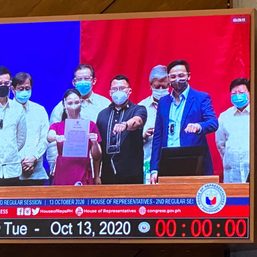
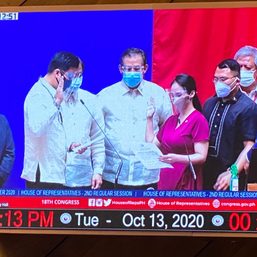


![[Free to disagree] How to be a cult leader or a demagogue president](https://www.rappler.com/tachyon/2024/04/TL-free-to-disagree.jpg?resize=257%2C257&crop_strategy=attention)
![[OPINION] Can Marcos survive a voters’ revolt in 2025?](https://www.rappler.com/tachyon/2024/04/tl-voters-revolt-04042024.jpg?resize=257%2C257&crop=251px%2C0px%2C720px%2C720px)
![[Edgewise] Quo vadis, Quiboloy?](https://www.rappler.com/tachyon/2024/03/quo-vadis-quiboloy-march-21-2024.jpg?resize=257%2C257&crop_strategy=attention)

![[OPINION] Sara Duterte: Will she do a Binay or a Robredo?](https://www.rappler.com/tachyon/2024/03/tl-sara-duterte-will-do-binay-or-robredo-March-15-2024.jpg?resize=257%2C257&crop_strategy=attention)
There are no comments yet. Add your comment to start the conversation.